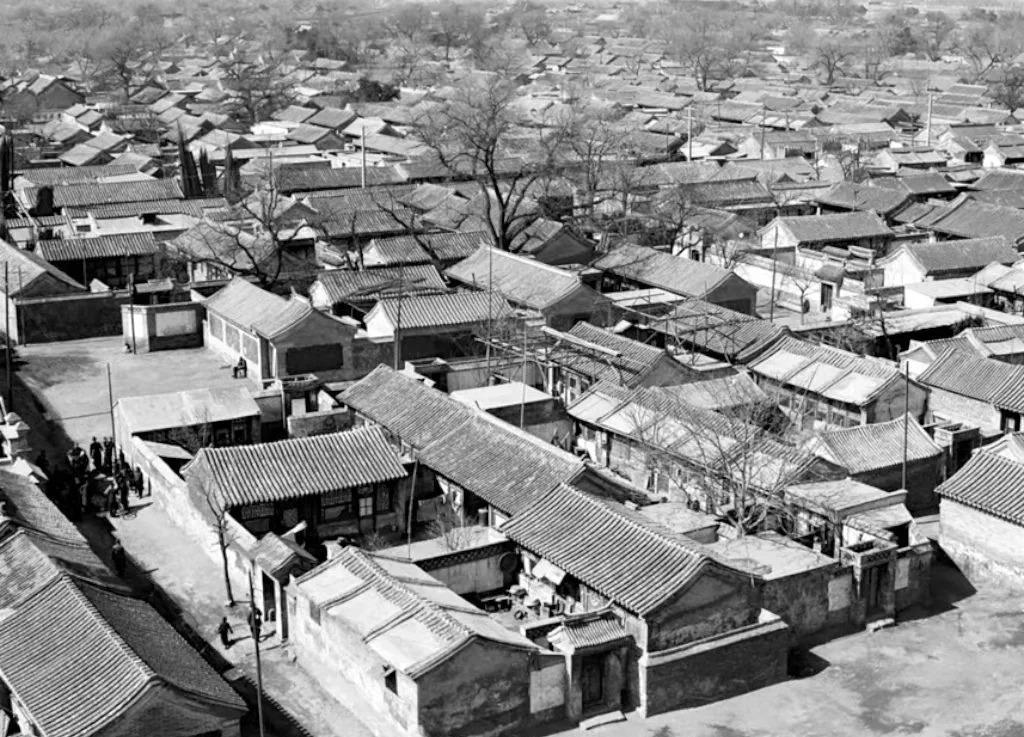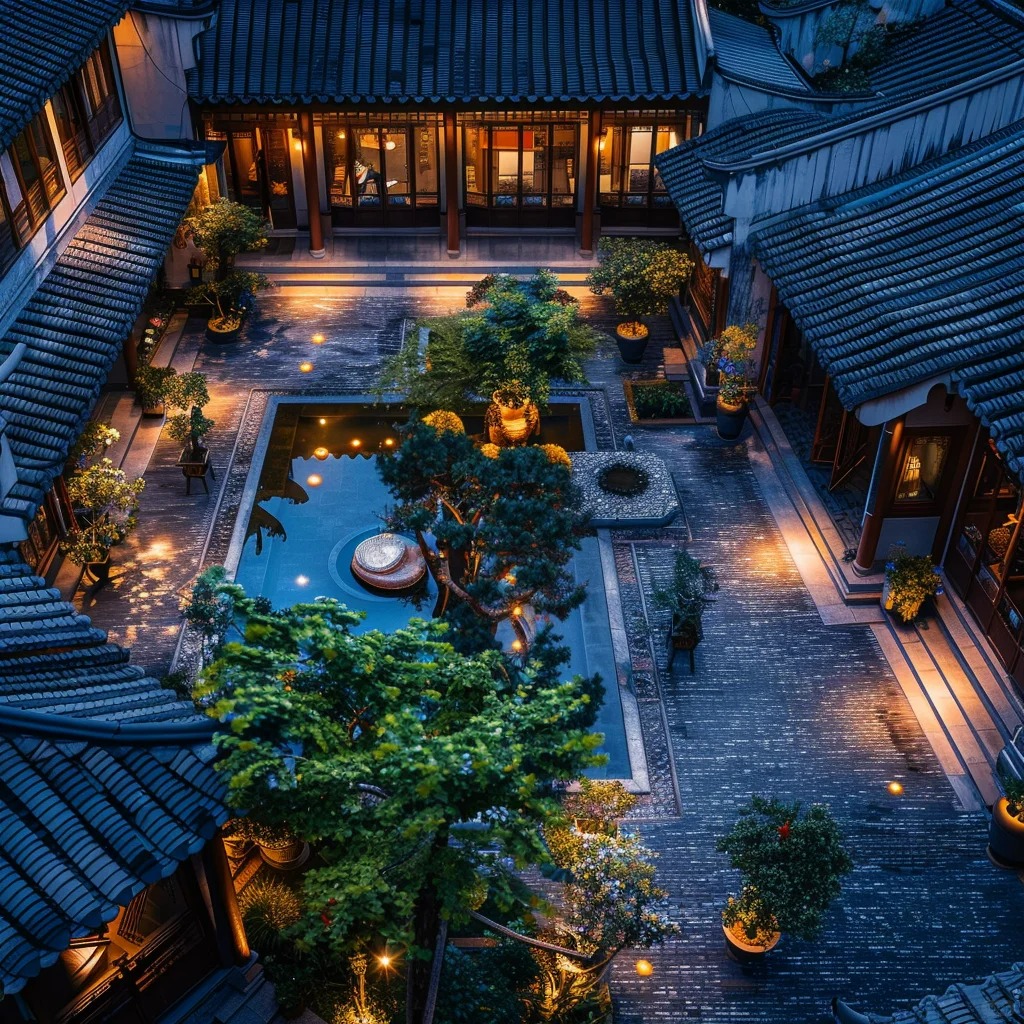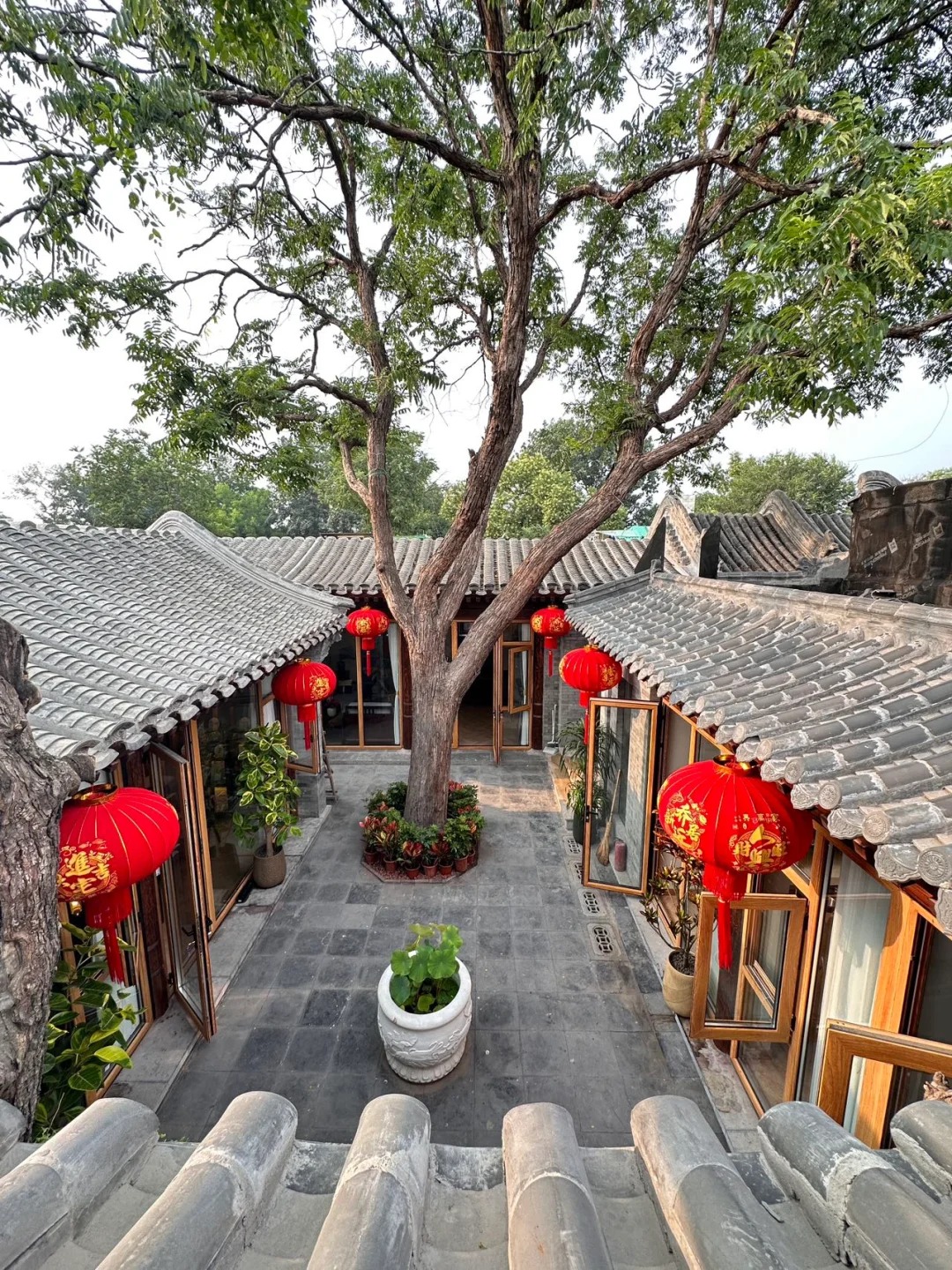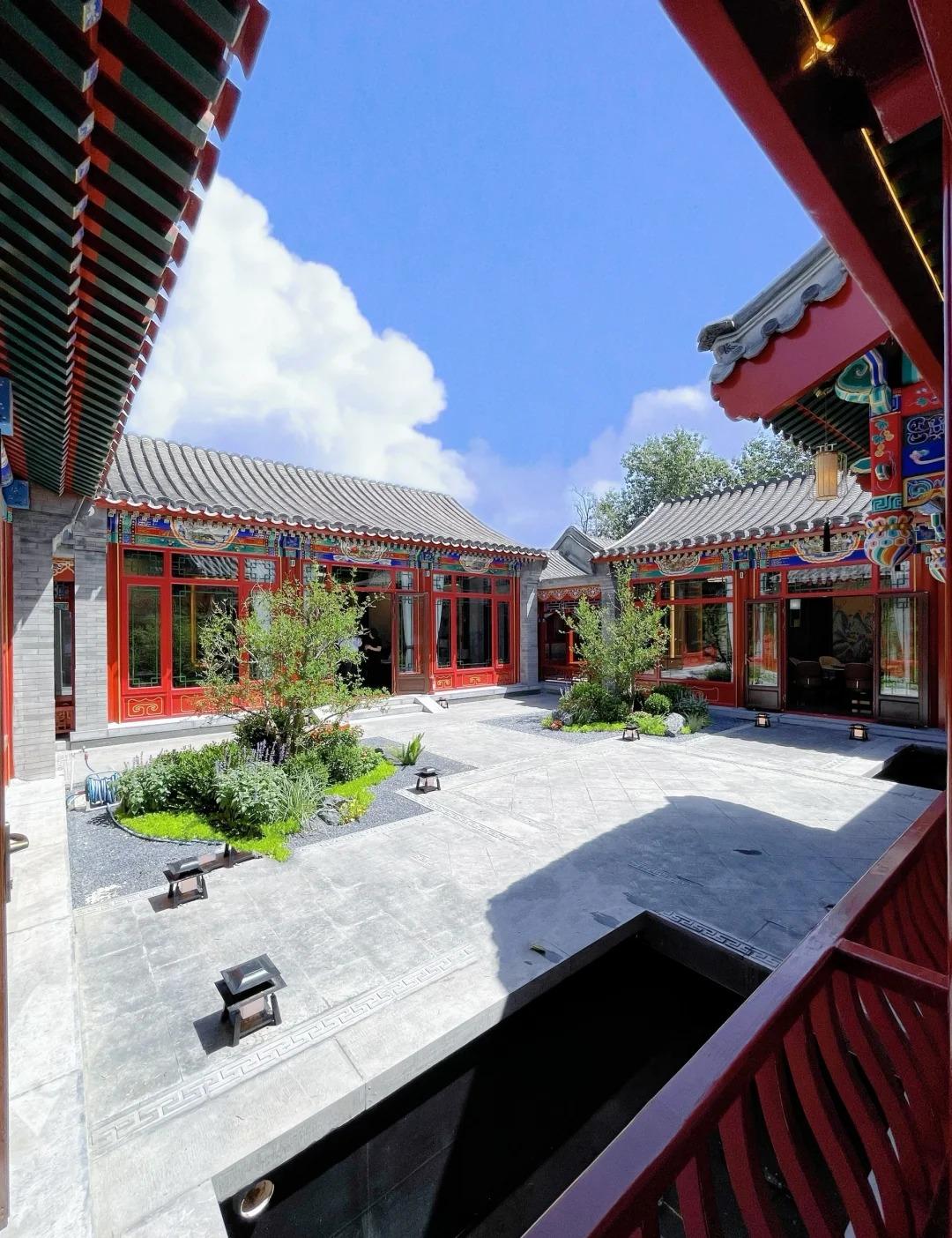Introduction to Siheyuan
Siheyuan (四合院), literally meaning “courtyard surrounded by four buildings,” stands as a quintessential symbol of traditional Chinese architecture. These elegant compounds, with their harmonious blend of indoor and outdoor spaces, have shaped the urban landscape of Beijing and other northern Chinese cities for centuries.
More than just buildings, Siheyuan embody the essence of Chinese family life, social structure, and philosophical beliefs. Their enduring presence in modern China offers a tangible link to the nation’s rich cultural heritage.

Historical Background and Evolution
The origins of Siheyuan can be traced back to the Western Zhou Dynasty (1045-771 BCE), evolving over millennia to reflect changing social norms and architectural innovations. During the Ming and Qing dynasties, Siheyuan reached their pinnacle of refinement, becoming the standard residence for everyone from commoners to imperial officials.
| Dynasty | Period | Siheyuan Development |
|---|---|---|
| Zhou | 1045-256 BCE | Basic courtyard concept emerges |
| Han | 202 BCE-220 CE | Standardization of layout |
| Tang-Song | 618-1279 CE | Increased complexity and size |
| Ming-Qing | 1368-1912 CE | Peak of Siheyuan architecture |
These compounds played a crucial role in traditional Chinese family life, housing multiple generations under one roof and reinforcing Confucian values of filial piety and social hierarchy.
Architectural Features and Layout
The classic Siheyuan follows a north-south axis, with the main building facing south for optimal sunlight and feng shui. Key components include:
- Main gate (大门 – dàmén)
- Screen wall (影壁 – yǐngbì)
- Main house (正房 – zhèngfáng)
- Side houses (厢房 – xiāngfáng)
- Central courtyard (院子 – yuànzi)
The size and complexity of Siheyuan varied greatly, from modest single-courtyard homes to sprawling compounds with multiple courtyards for wealthy families or officials.

Cultural and Social Significance
Siheyuan design reflects deeply ingrained Chinese cultural values. The hierarchical layout, with the main building reserved for family elders, mirrors Confucian principles of respect and social order. Each space within the compound serves a specific purpose, from formal reception areas to private family quarters.
Decorative elements carry rich symbolism:
- Carved roof ridges ward off evil spirits
- Red doors and lanterns symbolize good fortune
- Plants in the courtyard represent harmony with nature
These traditional homes fostered a unique lifestyle, blending private family life with communal activities and reinforcing social bonds within the neighborhood.

Famous Siheyuan Examples
Beijing boasts numerous renowned Siheyuan, many of which are open to the public:
- Prince Gong’s Mansion (恭王府)
- Lao She’s Former Residence (老舍故居)
- Mei Lanfang Memorial Museum (梅兰芳纪念馆)
These historical sites offer visitors a glimpse into the lives of notable figures from China’s past, showcasing the versatility and enduring appeal of Siheyuan design.
Challenges and Preservation Efforts
The rapid urbanization of Chinese cities poses a significant threat to traditional Siheyuan. Many have been demolished to make way for modern developments, while others face neglect or inappropriate renovations.
However, growing appreciation for cultural heritage has spurred preservation efforts:
- Government initiatives to protect historic neighborhoods
- Restoration projects to revitalize old Siheyuan
- Adaptive reuse as boutique hotels, restaurants, and cultural centers
These efforts aim to balance preservation with the needs of modern urban living, ensuring that Siheyuan remain relevant in contemporary Chinese society.

Visiting and Experiencing Siheyuan
To truly appreciate Siheyuan architecture, a visit to Beijing’s historic hutongs is essential. The Nanluoguxiang area offers excellent examples of well-preserved Siheyuan amid a vibrant neighborhood atmosphere.
Tips for visitors:
- Join a guided hutong tour for in-depth historical context
- Respect privacy when photographing inhabited Siheyuan
- Look for details like door knockers, roof decorations, and courtyard plants
Nearby attractions include:
- The Drum and Bell Towers
- Houhai Lake
- Yonghe Temple (Lama Temple)
Accommodation options range from traditional Siheyuan converted into guesthouses to modern hotels in the vicinity, allowing visitors to immerse themselves in Beijing’s unique architectural heritage.
Stepping into a Siheyuan is like traveling back in time. The moment you pass through the ornate main gate, the bustle of modern Beijing fades away, replaced by the serene atmosphere of a traditional courtyard. Here, every architectural element tells a story – from the gracefully curved roof tiles to the intricate wood carvings on window frames. As you explore the various rooms and spaces, you’ll gain insight into the daily lives of generations past, their values, and their deep connection to Chinese cultural traditions. Whether you’re an architecture enthusiast, a history buff, or simply curious about traditional Chinese lifestyle, a visit to a Siheyuan offers a unique and enriching experience that bridges the gap between past and present, providing a tangible link to China’s rich cultural heritage.





